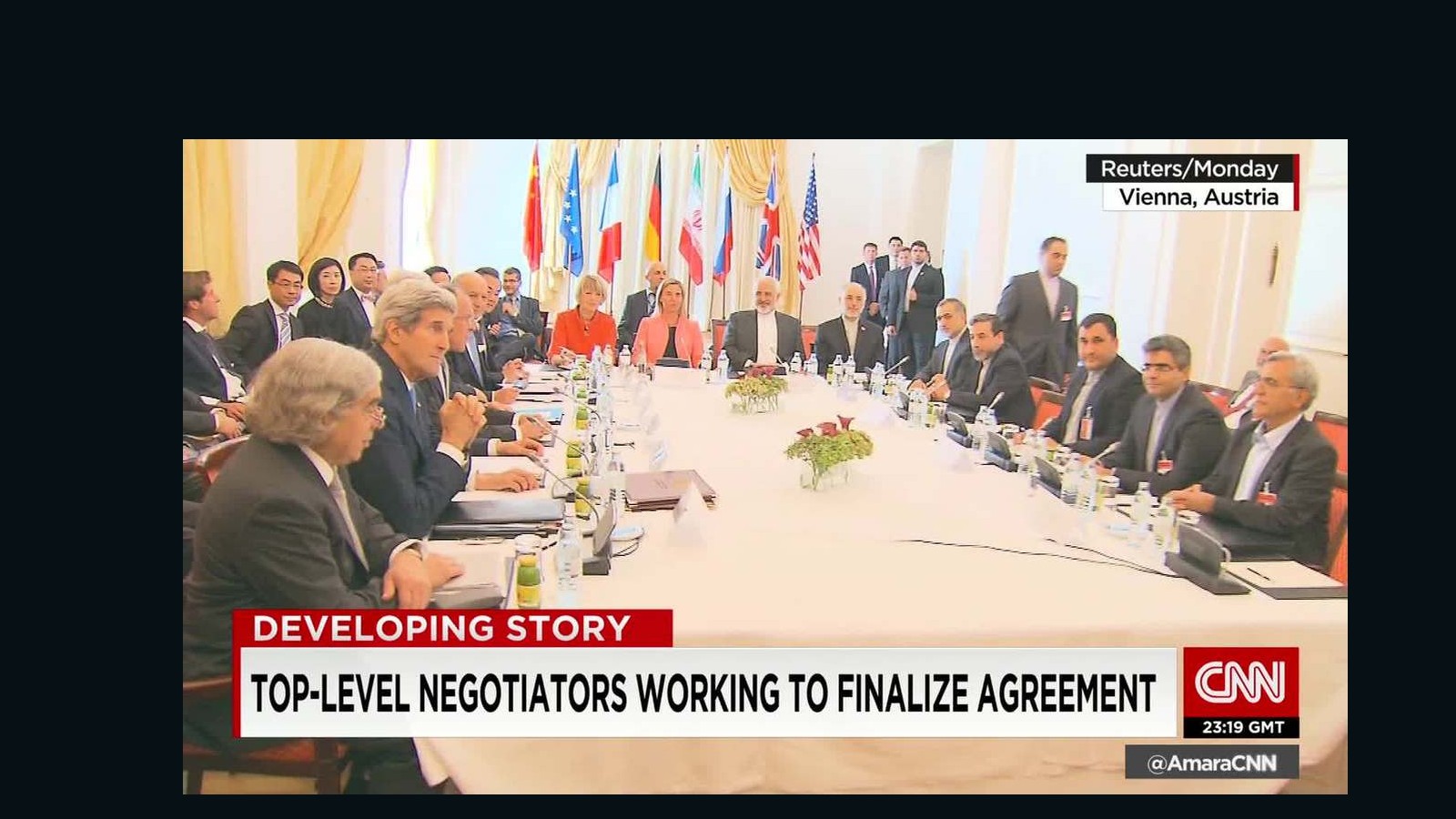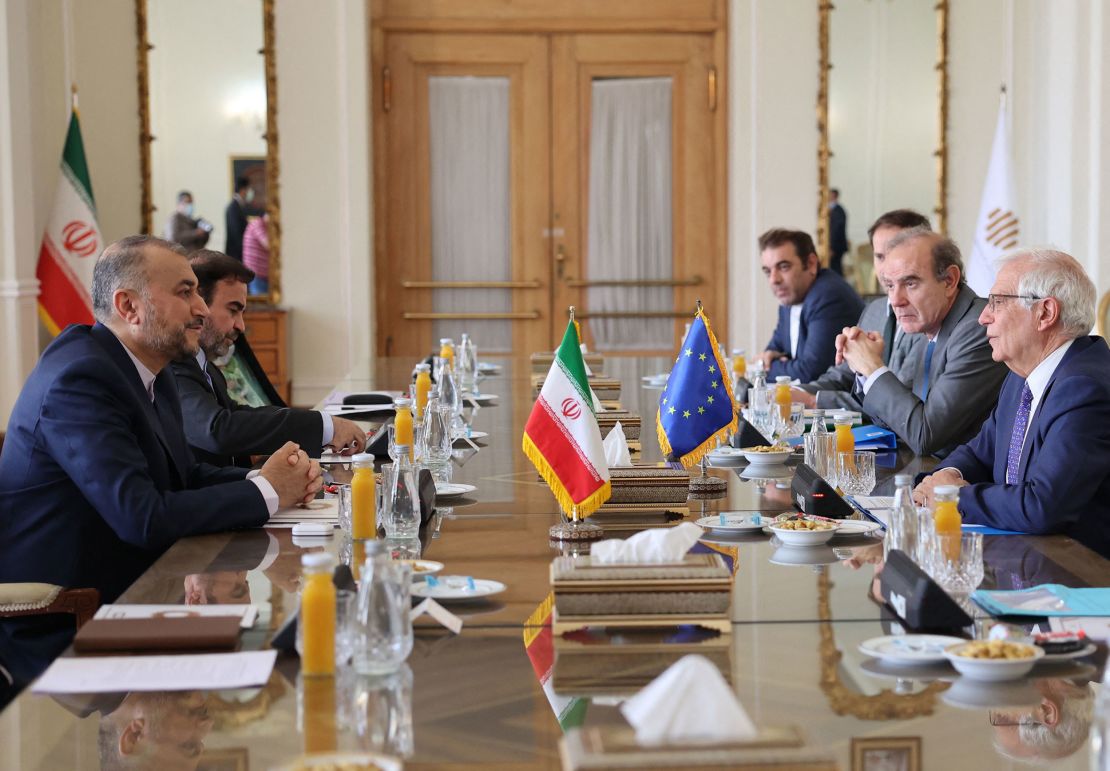A big shift happened on May 8, 2018, when the United States pulled out of the agreement about Iran's nuclear activities. This move meant that rules that had been put on hold, aimed at Iran, would come back into force. It was a moment that, you know, really got people talking across the globe, bringing a lot of questions about what would happen next for everyone involved.
This decision, made by President Trump, brought a lot of changes for how the United States dealt with other big countries and, you know, its overall connections around the world. It wasn't just about Iran; the ripples spread far and wide, affecting many important relationships. People wondered, quite naturally, how this would reshape the way nations interacted on the global stage, especially when it came to sensitive topics like nuclear programs and international agreements.
The whole situation, really, made everyone look back at how this agreement came to be, what folks had said was wrong with it, and what was going on inside Iran itself. There were, as a matter of fact, many challenges already facing the country, like people protesting and money troubles, and these problems just got bigger once the rules were put back in place. It’s like, when you pull one thread, a whole lot of other things start to unravel, and that’s pretty much what happened here.
- Direct Cremation Enfield
- Honeytoons Free
- Is The Embraer 175 Safe
- Aditi Mistry Nude Porn
- Abby Berner Leaked
Table of Contents
- What Was the Iran Nuclear Agreement About?
- Why Did the United States Pull Out?
- How Did Sanctions Come Back and What Was Their Impact of U.S. Withdrawal from Iran Nuclear Deal PDF?
- What Happened Inside Iran After the Withdrawal?
- Global Reactions and the Impact of U.S. Withdrawal from Iran Nuclear Deal PDF on Other Nations
- Was There a "Maximum Pressure" Plan?
- How Did This Affect Tensions and the Future?
- The Broader Impact of U.S. Withdrawal from Iran Nuclear Deal PDF
What Was the Iran Nuclear Agreement About?
Back in 2015, President Barack Obama's team, along with other nations, worked out a big agreement with Iran. This deal, often called the "Iran nuclear deal" or the Joint Comprehensive Plan of Action (JCPOA), was meant to put limits on Iran's ability to build nuclear weapons. It was, you know, a way to try and keep things peaceful, making sure Iran's nuclear efforts were only for peaceful uses. The idea was that Iran would agree to certain steps, like cutting back on its nuclear program, and in return, some of the money rules that were holding it back would be lifted. It was a trade-off, really, a give-and-take to calm worries about nuclear spread.
The agreement laid out a series of "voluntary measures" that Iran committed to taking. These were specific actions Iran agreed to perform to show it was not pursuing nuclear arms. In return, the country would get a break from the money penalties that had been put on it. It was, you know, a way to build some trust, hoping that by easing up on the economic pressure, Iran would stick to its promises about its nuclear work. The agreement was quite detailed, outlining exactly what Iran needed to do and for how long, and what kind of relief it would receive, so it's almost like a very complex set of instructions for a very delicate operation.
This whole arrangement, you know, came after many years of talking and trying to figure things out, going all the way back to 2003 when nuclear discussions first started between Iran and world powers. The deal was supposed to be a way to stop Iran's nuclear activities for a certain time, in exchange for lifting some of the money restrictions that were causing problems for the country. It was, in some respects, a major effort to change the path things were on, aiming for a more stable situation in a very sensitive part of the world. So, it really was a big deal when it was finally put together.
- Is Kenny Chesney A Trump Supporter
- Aditi Mistry Sex
- Honeytoon Teach Me First
- Teach Me First Manga Free
- Abby Berner Fanfix Leak
Why Did the United States Pull Out?
President Donald Trump announced on May 8, 2018, that the United States would no longer be part of this agreement. This decision came, you know, almost a week before a deadline for renewing waivers on nuclear money penalties against Iran. The reasons for this exit were many, as a matter of fact, and they stemmed from concerns about the agreement itself. There was, for instance, a feeling that the deal didn't go far enough in stopping Iran's nuclear ambitions for the long term, or that it didn't address other issues like ballistic missiles or Iran's actions in the region.
One of the main points of disagreement, it seems, was the idea that the deal only put limits on Iran's nuclear work for a specific time, and after that, some of those limits would expire. This was a big worry for those who felt Iran could then, you know, quickly move towards building nuclear weapons once the agreement's restrictions eased. There were also, apparently, criticisms that the deal didn't stop Iran's missile program or its support for certain groups, which were seen as threats to stability. So, the dissatisfaction with new money penalties was a big part of the argument for leaving.
When the US pulled out, President Trump made a promise that the United States would work with its friends around the world to find a "real, comprehensive, and lasting solution" to what he called the "Iranian nuclear threat." This new approach, he said, would also include efforts to get rid of the threat from Iran's long-range missiles and to stop what he described as its "terrorist activities worldwide." It was, you know, a different way of looking at the problem, aiming for a much broader set of changes from Iran. This was, in a way, a complete shift in how the US planned to deal with Iran's nuclear program and its actions.
How Did Sanctions Come Back and What Was Their Impact of U.S. Withdrawal from Iran Nuclear Deal PDF?
With the United States stepping away from the agreement, the money penalties that had been put on hold came back into full force. These "secondary sanctions," as they were called, were set to be fully active again by November 2018 at the latest. This meant that not just American businesses, but also businesses and countries around the world that dealt with Iran, could face penalties from the United States. It was, you know, a strong signal that the US was serious about putting pressure on Iran, making it harder for Iran to do business with anyone globally. This had a pretty big impact on the overall flow of money and goods for Iran.
The return of these money penalties had a very direct effect on Iran's money situation, making it much tougher for the country to sell its oil and engage in global trade. This, in turn, made life harder for everyday people in Iran, as the economy struggled under the weight of these restrictions. It's like, when a country can't easily sell its main products, its income drops, and that affects everything from jobs to the cost of everyday items. So, the withdrawal from the agreement directly led to these renewed money troubles for Iran, which was, you know, a major part of the strategy.
The idea behind bringing back these money rules was to push Iran to change its behavior, not just on nuclear matters but also on other issues that concerned the United States and its allies. The impact of the U.S. withdrawal from the Iran nuclear deal, as seen through these penalties, was meant to be quite severe, limiting Iran's access to global money systems and reducing its ability to fund various activities. It was, in some respects, a "maximum pressure campaign," as it was later described, designed to put a lot of strain on Iran's government and economy. This strategy was, apparently, hoped to bring Iran back to the negotiating table for a different kind of deal.
What Happened Inside Iran After the Withdrawal?
Inside Iran, the return of the money penalties and the US pulling out of the agreement made things much tougher for the country's people and its economy. Iran was already dealing with its own internal problems, including times when people took to the streets to protest. These protests were often about, you know, money troubles or a desire for more freedom. When the money penalties came back, they made these existing problems much worse, making it harder for people to find work and for prices to stay stable. It's like, when you already have a fever, and then someone throws cold water on you, it just makes everything feel worse.
The economic struggles were, honestly, a big part of the daily lives of many Iranians. With fewer opportunities to sell oil and do business with the outside world, the country's income dropped, which had a ripple effect across all parts of society. Prices for everyday goods went up, and jobs became harder to find. This situation,
Related Resources:



Detail Author:
- Name : Vallie Hand
- Username : ddibbert
- Email : oswaldo00@dicki.com
- Birthdate : 1970-10-14
- Address : 8619 Erdman Stream Apt. 660 South Lonie, NC 57764
- Phone : (351) 932-1621
- Company : Mohr-Runolfsson
- Job : Vending Machine Servicer
- Bio : Eligendi aut quo sapiente porro. Culpa magni aut incidunt architecto autem delectus itaque. Quasi tenetur consequatur qui maxime.
Socials
instagram:
- url : https://instagram.com/ortizo
- username : ortizo
- bio : Qui optio debitis quaerat aperiam veniam. Quas dolor ut aliquid officia dolorem tempore.
- followers : 1175
- following : 1935
tiktok:
- url : https://tiktok.com/@oortiz
- username : oortiz
- bio : Soluta ut quidem mollitia recusandae hic quam rerum.
- followers : 6139
- following : 2806
linkedin:
- url : https://linkedin.com/in/oortiz
- username : oortiz
- bio : Esse est neque et voluptate.
- followers : 5688
- following : 1256